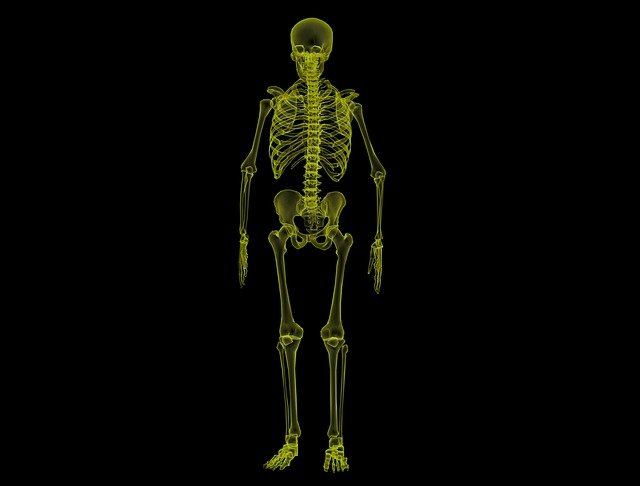Archive for September 2017
NSAIDs Hamper Athletic Performance
The use of painkillers is widespread in the athletic community
You would be hard pressed to find a sport that doesn’t involve athletes using non-steroidal. anti-inflammatory drugs, (NSAIDs: think advil, ibuprofen), to manage the natural pain that is associated with their level of physical activity. These drugs aim to inhibit the body’s production of prostaglandins which contribute to the perception of pain in the body. This is problematic to begin with because they block all prostaglandins, even the good ones which protect the stomach lining. But then the problem gets worse:
- NSAIDs lead to over-training syndrome by tricking your body into thinking it is not in pain, therefore causing you to push past the point of no return.
- When rehabilitating an injury, persistent use of NSAIDs is linked to actually slowing the rate of recovery for muscles and connective tissue.
Meet Musculoskeletal You: The Difference Between Tendons and Ligaments
Musculoskeletal you is made up of ligaments and tendons, each which serve different purposes
Ligaments attach bones to bones and tendons attach muscles to bones. And while, they serve different purposes, they are composed of the same material: connective tissue made up of densely layered collagen fibers.
- Ligaments: ligaments connect bones and allow for the healthy articulation of joints. Healthy ligaments maintain support and stabilize joints so that excessive movement doesn’t cause injury.
- Tendons: connecting muscle to bone is also important for movement as much of the force imparted by movement is transmitted through tendons between muscle and bone.
Ligaments and tendons are designed for durability, but put either through enough force and they, like the other structures of your body, will give.
A Spine Under Pressure Leads to Subluxation
The downward force of gravity is ever present
No matter what position you are in, or how good your posture, there is still a burden being placed on your spine; as a result of its position in the body, the brunt of this pressure is born by the lumbar segment of your spine. Studies have measured the amount of pressure sustained by intervertebral discs in the lumbar spine of a healthy person which show that:
- Lying on your back: ~25kg
- Standing upright: ~100kg
- Sitting upright: ~125kg
These numbers increase when you do things like lean forward, bear weight, or lift. Because this pressure is ever-present, a common side effect is for the spine to fall out of alignment, a condition known as subluxation.
An Ergonomic Game Plan For White Collar Workers
Back pain is the number one health complaint among office workers
A big part of this is down to poor ergonomics: because employers rarely care enough to invest the money and set up their workers for success, there is a precedent of poor ergonomics set from the beginning. That means the onus is upon the worker to make themselves aware of how poor ergonomics can actually cause harm to their bodies; carrying on from this, the enlightened worker will take proactive action to prevent back pain and ergonomic injuries.
When Low Back Pain Does Not Improve with Self-Care
Treating low back pain with common sense
Non-specific low back pain is ubiquitous among our adult population; it is a product of our lifestyles as much as it is related to aging. Most lower back pain should be treated with a common sense, self-care approach that seeks to maintain mobility, reduce inflammation and allow for healing to occur. When low back pain lingers and fails to improve after being treated with self-care methods such as rest, ice and heat, and moderate activity, most people look to health professionals for answers. A general rule of thumb is four weeks: this is the threshold at which you should start asking further questions about non-specific lower back pain. At Holmes Chiropractic, we believe in an integrated approach to your low back pain that links your body’s structure to your body’s function; in this context, we search for the musculoskeletal cause of your pain and set a course for treatment.
Muscles that Matter Most for Core Stability
Why is core stability important
Your core is the foundation of musculoskeletal wellness. Most movements you undertake on a daily basis originate in the core, or at least utilize it in some manner. The core forms a link between the upper and lower body and weakness in this crucial center link underpins a lot of musculoskeletal dysfunction that can lead to immobility, pain and degeneration, especially in the spine. The spine can be used to stabilize the spine and transfer forces across the body from the smallest acts such as bending over to tie your shoes to bigger acts such as the heavy lifting involved in construction work. Let’s take a closer look at one of the most important muscles of the core and how paying attention to it can prevent back pain.





